Over the Christmas holidays, I was stressing about what to wear to an event where the dress code was ‘cocktail attire’. I exclaimed to friends that I didn’t own anything even close to that category. At my young age, I have little to no need for it. It’s just not a priority.
My friend Michael did give me a suggestion that has stuck with me though. It’s not cocktail attire that I need, he said, but rather ‘night time’ clothes. Garments that are purposefully made and bought to be worn out in the seedy hours of the evening. Here, I found myself lacking.
Clothes for drinks at a low-lit bar; those long dinners with friends that stretch out till closing; performances and all those impulsive nights on the town that usually tend to follow. Mysterious and provocative, these clothes draw a hard line between work life and personal life. But above all, they have sex appeal.
I was always told that tailoring and classic clothing was meant to make a man feel powerful and authoritative. Nobody said it could also be sexy. Those two previous characteristics certainly have their place: the navy double-breasted suit is for the career man in Whitehall, and it's hard to respect the authority of someone who can’t get their trouser length right.
But sex appeal in menswear is an elusive, ephemeral thing. If you look at the runway shows during the most recent Fashion Week, you might see glimpses of it. Sharp cheek-boned models walking for SS Daley (above), open shirts billowing in the wind, vest underneath and a neck full of pearls. Not to say things need to go to this length, but I want to know where the sex appeal is at all in ‘classic’ menswear. Because I just don’t see it.
Instead there tends to be a desire to hide in elevated basics, or to be very buttoned up - dressing somewhere between a mid-century Geography teacher and a fisherman.
Unfortunately this look is usually carried from day into night. We love the idea of investing in pieces that can survive that transition, but I’ve come to the realisation that the separation is important. Unstructured tweed, oxfords and brown chukkas are all well and good, but after 5pm they need to go. This change keeps things alive, slick, and is a chance to literally loosen up.
Some pieces have more of this appeal than others but, when you think about it, it’s mostly due to cultural associations.
The Schott Perfecto (below) is a good example - an incredibly sexy piece of Americana that owes its image to rebellious characters from years of cinema classics. Having tried it myself - and not having a face like Lou Reed - I’ve accepted that I am not at that level yet. Not everything is for everyone.
The opposite end of the spectrum is something like the preppy clothes described in the 80s satirical classic The Official Preppy Handbook, by Lisa Birnbach. Strangely, I’ve actually met people who have openly referred to this as a guide, both ironically and very much unironically.
Being of the firm opinion that there is nothing sexy in that book, I can only wonder why, seeing as the stance of such a book (tongue in cheek or not) is that yuppies aren’t sexy, money is. Without the family American Express account, I doubt the pink chinos and Sperrys would have gotten them very far.
In pulling together a ‘night’ wardrobe, you start to seek more refined yet bold substitutes for the standard basics – to stand out without being flashy.
Accessories like silk shirts are a great start. Until around the mid-20th century, a simple white silk shirt was considered standard for evening wear. Ignore the cheesy printed numbers from the 70s and 80s, and consider that a silk shirt can be a subtle, refined and louche alternative to a run-of-the-mill poplin.
In terms of colour, the search has meant reaching for the darkest shades possible. As much as I love earth tones, experience has taught me that you stick out going to a last-minute, late-night event in a brown corduroy suit. Everyone else had various shades of navy, grey and black on. Someone even called me out on it!
So after that humiliation, I’m reconsidering the black suit. Anything black can work as far as I’m concerned, but it seems the black suit is still a contentious one. It’s seen as too fashion-y, too sombre, or plain bouncer-like. Yet I still believe in its ability to work. The secret is in the details: a material that has texture like linen or a fine cord, and maybe a double-breasted style rather than single. Anything that firmly separates it from both the navy office standard, and funeral attire.
As far as silhouette is concerned there are two schools of thought: louche and relaxed, or sharp as a razor.
Currently I’m interested in tailoring that is in line with the latter, accentuating the natural lines of the body rather than subduing them. Almost sculptural. Fully canvassed, shoulders with more structure, longer jacket lengths and lapels with more interest than your average notch or peak.
Brands such as Husbands in Paris (above), or newly established bespoke house Lawton (below) have options for this kind of tailoring, and the imagery is both inline with their house styles, and inspiring.
This often translates into confidence and attitude. For Kimberly Lawton, sex appeal is as much about how clothes make you feel as the garments themselves. “Anyone wearing something that makes them feel confident will in turn exude a strong, and sexy allure,” she says.
Yet she does understand men’s hesitation in pushing the boat out - despite idolising style icons who do just that. “This probably stems from some kind of subconscious sexism,” she says. “It’s easy to think that [sexier tailoring] and fashion are a ‘women's thing’ and therefore unimportant or non-essential.”
Just like Kimberly, everyone that I’ve spoken to - both inside and outside of menswear - agrees that it isn’t what you wear that defines sex appeal, but the way those clothes make the wearer feel. If I were to draw a Venn diagram, it would sit in the intersection between ‘bold’ and ‘comfortable’.
You have to be incredibly comfortable in yourself to carry off something that might be considered at the very least, striking.
Speaking to Luke Walker of the brand L.E.J. (above), his view is that one way to subvert expectations is to play around with the menswear standards. Seeing as the invention of a new garment in menswear is very rare, the trick for him is to make them bolder and more personal.
“What I find interesting is having the same templates but using them in a very personal way, which for me means fabrications that are more luxurious, refined and colourful; details which are slightly, ever so slightly outré, and perhaps even feminine,” he says.
Ultimately, all of this is to say that sex appeal is much more than just undoing a few buttons on your shirt (though if you’ve got the chest for it, be my guest). It’s about exuding an aura; a vibe that is both masculine and feminine. The clothes and the wearer should suggest an assertiveness that is not aggressive, but gentle and humble.
It is also somewhat vulnerable. To communicate this kind of energy through your clothes asks that you drop a few barriers and reveal something of your character, both literally and figuratively. It can be scary for the individual, but often alluring for everyone else. That is sex appeal: a middle ground between vulnerability and confidence.
DMTBeautySpot
via https://dmtbeautyspot.com
Simon Crompton, DMT.NEWS, DMT BeautySpot,
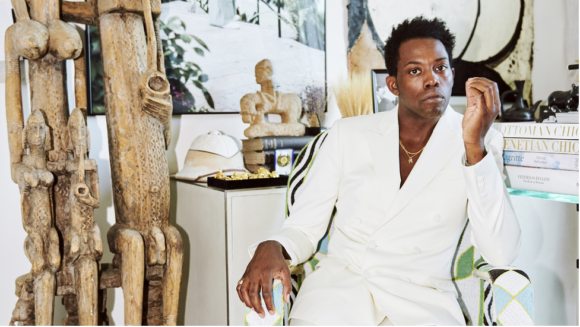
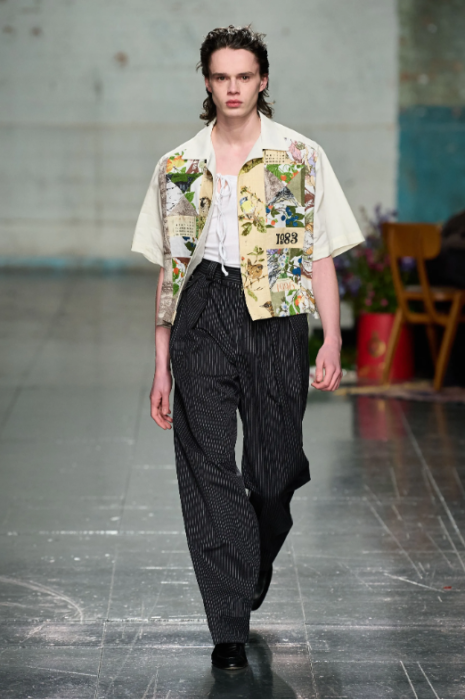

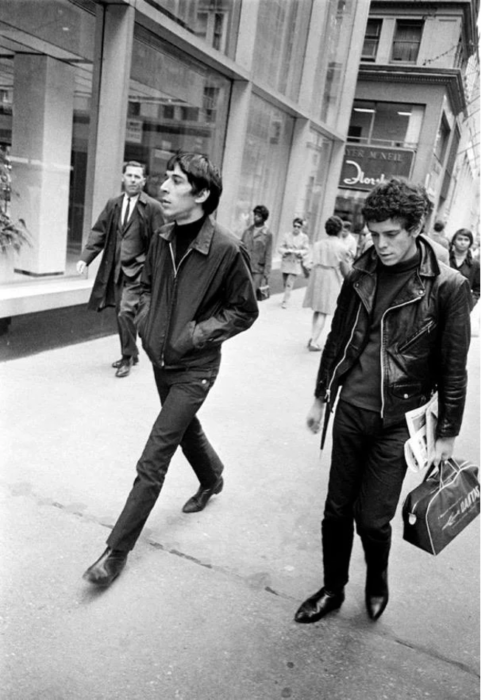
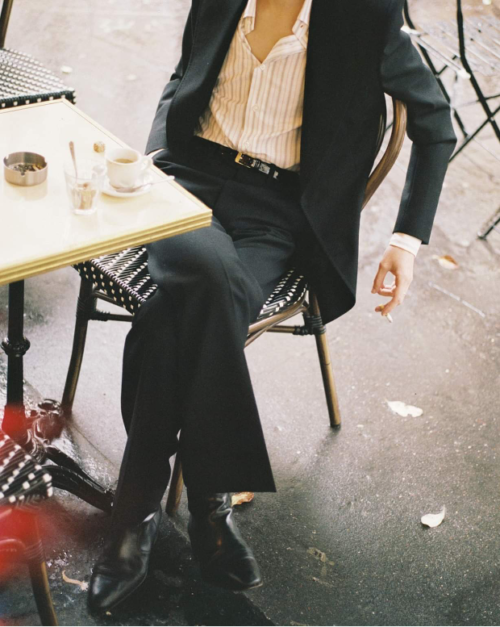
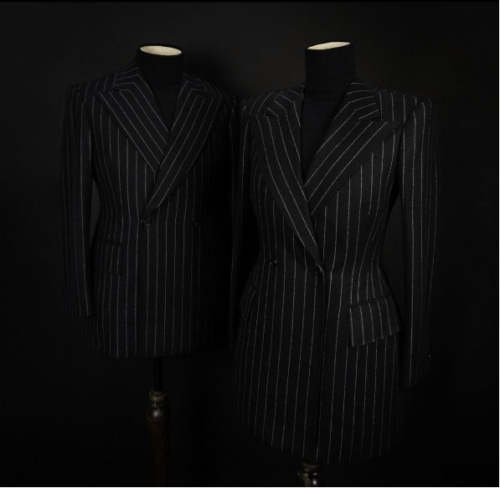



0 comments